Renovating Old Houses:
Masonry
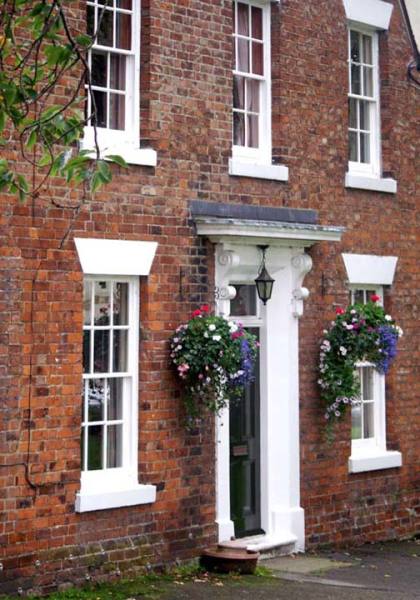
(Photo: Lansera/Fotolia.com)
1. Know your maintenance cycles. Most buildings need tuckpointing maintenance every 50 to 60 years.
2. Match the mortar. New mortar should match as closely as possible in color, consistency, and elevation. Using too much Portland cement in the mix creates hard mortars, which can damage old buildings.
3. Never grind out joints. Only deteriorated mortar should be removed. If someone tells you otherwise, run.
4. Never use sealers. Sealers trap moisture, compounding problems during freeze/thaw cycles.
5. Replace in kind. Damaged masonry units should be replaced whole or via Dutchmen of the same material. Voids filled with putty don’t last.
–Jacob Arndt, Preservation Consultant, Architectural Stone Carver
Radiators
6. Don’t throttle a one-pipe steam radiator. The steam and condensate have to share that confined space. Keep the valve either fully open or fully closed to avoid water hammering and squirting air vents.
7. Create a perfect pitch. One-pipe steam radiators must pitch toward the supply valve. Use two checkers under radiator feet—they’re the perfect shape and size.
8. Gain control. Thermostatic radiator valves are a great way to zone any radiator and save fuel. Hot-water and two-pipe steam radiators get them on the supply side; one-pipe steam radiators get them between the radiator and the air vent.
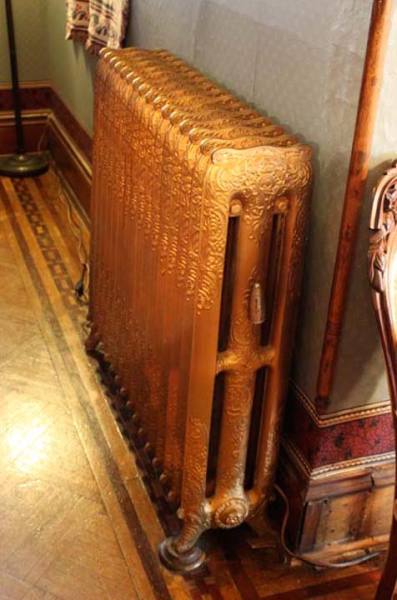
(Photo: Sylvia Gashi-Silver)
9. Get a great finish. Pros agree that sandblasting followed by powder coating gives the best, long-lasting, non-sticky finish—but don’t try this at home.
10. Don’t worry about fires. Even with steam heat, a radiator gets only about half as hot as the temperature needed to kindle paper, so you can rest easy.
–Dan Holohan, Author, The Lost Art of Steam Heating
Woodworking
11. Use heartwood. Heartwood is always the most disease-resistant. Sapwood of most species should never be used.
12. Rift or quarter-grain cuts are best. These cuts are the most stable. Flat grain often expands and contracts seasonally at twice the rate of quartered stock.
13. Install plain sawn lumber with the heart side up. Flat lumber will wear better with the heart facing up. If there’s cupping, the edges will stay flat, and only the center will hump slightly.
14. Learn to use hand tools. Most historic woodwork was produced by hand tools, and most machine-made millwork (late 19th century and after) was installed with them. Historic woodwork finishes produced with hand planes can’t be reproduced by modern machines like sanders.
15. Use traditional joinery. Component repairs should be made using traditional joinery instead of non-historic methods like a wholesale epoxy casting of a missing part.
–Robert Adam, Founder and Senior Advisor, Preservation Carpentry Department, North Bennet Street School
Slate Roofing, renovating old houses
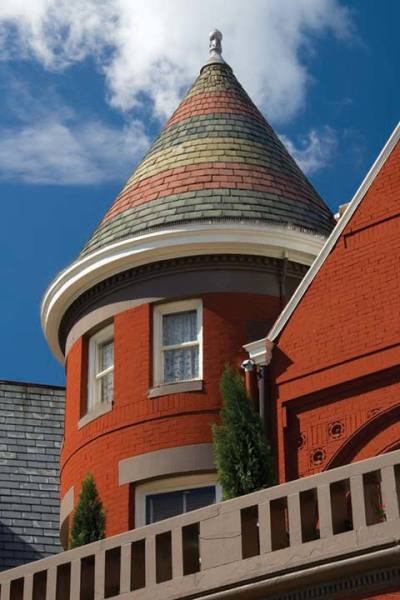
Slate roof on a turret. (Photo: Nathan Winter)
16. Identify your slate.To correctly care for your slate roof, find out what type of slate it is. Just as you can’t repair a Chevy with Ford parts, you should never use New York red slate on a Pennsylvania gray slate roof.
17. Understand your roof’s longevity. If your roof only has 100 years of longevity and is 95 years old, it’s not worth sinking money into. But a roof with 200 years of longevity that’s 75 years old is a young roof that should be highly valued and properly maintained.
18. Inspect your roof regularly. At least once a year, walk around your house (use binoculars if necessary) and look at your roof. If you see missing, broken, or sliding slates, or flashing that looks suspect, call your slater.
19. Shop around for quality. Good slaters are out there, but you have to look for them. It’s worth the effort to have someone who truly knows what he’s doing.
20. Educate yourself. There are many slate roofing resource materials available to the public online. Take some time to review, read, watch, and learn. Your best defense against an unscrupulous contractor—and damage to your roof—is knowledge.
–Joseph Jenkins, Author, The Slate Roof Bible
Windows
21. Save your wood windows. Thirty percent of windows being replaced are less than 10 years old—plastic parts fail and can’t be repaired, seals fail on insulating glass units, or the glass fogs up. Your original wood windows have lasted a century or more; they can last another.
22. Each window is different. Consider individual window needs. You might carefully restore the house’s front windows and add interior air panels seasonally, add weatherstripping and exterior storms to side windows, and replace the rotting windows out back. And some windows may need nothing at all.
23. Old windows can be energy efficient. Adding weatherstripping and keeping up storms can make original windows as energy-efficient as replacements. Interior air panels and curtains or roller shades also add comfort and boost energy savings.
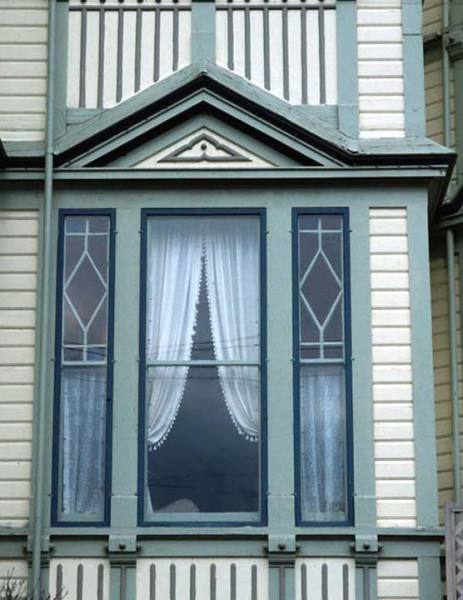
24. Maintenance lasts. Simple maintenance and minor repairs will pull your windows through another decade or two. Complete refurbishing will set them up for the rest of this century.
25. Enjoy your old windows. Their original molding profiles and old wavy glass provide authentic character that is not easily re-created.
–John Leeke, Preservation Consultant, OHJ Contributing Editor
Plaster
26. Save it. Original plaster is a key historic element of any old house. Removing it, especially to replace it with inferior drywall, significantly changes the historic appearance and value of your home.
27. Don’t use buttons. Plaster that has detached from its substrate (lath) needs to be held back in place to be saved, but plaster buttons can further crush plaster, and they create a surface bump that must be skimmed over to blend in. Glue-injection reattachment is a more secure option.
28. Fill in the cracks. Taping over cracks rarely works and is usually unsightly. Dig out cracks in a V-notch fashion and infill with plaster or setting compound for a longer-lasting, more invisible repair.
29. Match up repairs. A like-and-kind mix is preferable, but mixing modern gypsum plasters with traditional materials like lime putty and hair offers a faster solution that will still blend in well. Coarse plaster (like Structolite) best mimics the oldest plasters, while finish plasters create smooth surfaces befitting later eras.
30. Practice first. Try your plaster mix and trowel technique out in an inconspicuous area or on a board before tackling a high-visibility repair.
–Noelle Lord, Preservation Consultant, OHJ Contributing Editor
Hardware
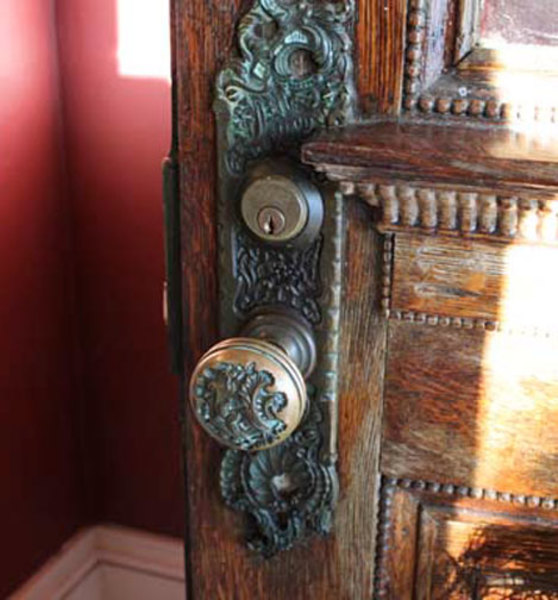
(Photo: Sylvia Gashi-Silver)
31. Clean gently.To clean dirt and general gunk from antique hardware, use cleansers (such as Autosol) with natural ingredients.
32. Remove paint carefully. When removing years of paint, be gentle; you don’t want to destroy 40 years of patina in the process. A solution of TSP (trisodium phosphate) and water is best. Toxic cleansers can damage finishes.
33. Be patient. It takes time to loosen multiple layers of paint; check on solution-submerged hardware daily. When the paint loosens, rub it off, then finish with a light scour with very fine steel wool (grade 00).
34. Know what you’ve got. The more specifics you can give about a piece of hardware, the more likely you’ll be able to match it. Take measurements (overall and between holes), take pictures, and if it’s a lock you’re looking for, make sure you know what type of interior mechanism it has. Whenever possible, bring the original item with you to stores or salvage yards.
35. Be flexible. Exact matches can be hard to find, but a close match can be just as good. Differences in drawer pulls can be hidden on a chest, for example, by moving originals to the top and using the near matches at the bottom.
–Terri Hartman, Manager, Liz’s Antique Hardware







